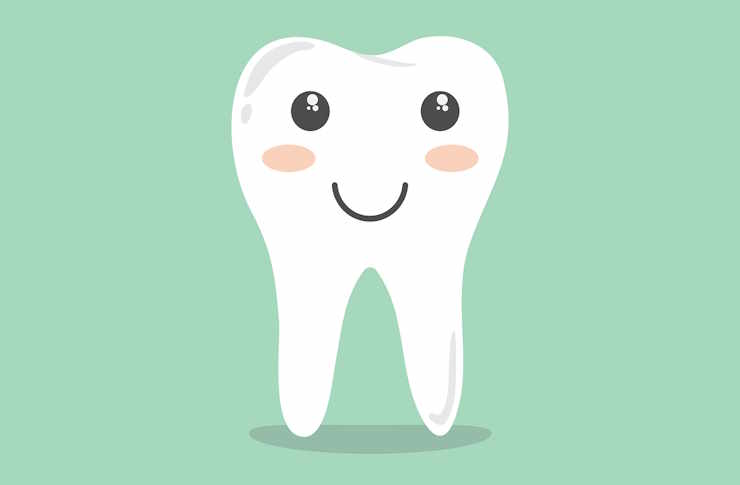Affordable Screwless Dental Implants in the United States 2025: Insights into Comfortable, Quick Tooth Replacement Options
Screwless dental implants are emerging as a less invasive, faster option for tooth replacement. This article explains what screwless implants are, their potential benefits and suitability, and where Americans can find affordable, comfortable options in the United States.

Understanding Screwless Dental Implants: What Makes Them Different?
Screwless dental implants describe implant systems that avoid a visible screw access hole in the final prosthesis. Some designs use press-fit technology, smooth cylindrical posts, or bioactive surface treatments intended to encourage bone integration. In many cases the implant body still functions like a post embedded in bone, but the abutment and crown are attached using alternative methods (for example, cementation, adhesive systems, or friction-fit connections) rather than a visible screw that crosses the crown.
Terminology and technology vary between manufacturers and clinicians. Evidence about long-term outcomes for particular screwless systems is still emerging, and suitability depends on individual oral health, the specific implant system, and the clinician’s experience.
Potential Advantages (with Caution)
Reduced surgical complexity and faster healing (possible)
- Some screwless systems are promoted as enabling less invasive placement or fewer restorative steps, which may shorten chair time in selected cases. Individual surgical technique and patient healing response determine outcomes.
Improved aesthetics (may apply in some situations)
- Avoiding a visible screw access hole can improve the cosmetic appearance of a crown. However, aesthetic outcomes depend on prosthetic planning, soft-tissue management, and the clinician’s technique.
Options for patients with limited bone (case-dependent)
- Certain implant designs and surface treatments aim to maximize bone contact, but claims that screwless implants broadly eliminate the need for bone grafting are not consistently supported across all patient scenarios. Decisions about grafting should be made case-by-case after imaging and professional evaluation.
Reduced screw-related complications (system-dependent)
- Systems that do not rely on screw-retained crowns avoid screw-loosening as a failure mode for that component, but other complications (cement-related peri-implantitis risk, prosthesis retention issues, or component fracture) can still occur. Long-term comparative data are limited.
Considerations for Older Adults
Seniors may value shorter procedures and fewer appointments, particularly if mobility or medical comorbidities make repeated visits difficult. Some features of certain implant systems can be advantageous for older patients, but treatment planning must consider:
- Bone quantity and quality (which vary widely among individuals).
- Medical history and medications that affect healing.
- The need for careful prosthetic follow-up to avoid complications.
Coverage and cost assistance vary regionally and by plan. Some university clinics, community programs, or private practices offer sliding-fee programs, financing, or accept certain dental plans; patients should verify availability and eligibility directly with providers and insurers.
Affordability and Access in the United States
Dental implant costs vary widely by region, provider, and the complexity of treatment. While some teaching clinics and specialty programs offer reduced-fee treatments supervised by experienced faculty, availability differs by institution and schedule. Prospective patients should:
- Obtain a detailed treatment plan and written cost estimate.
- Ask whether a clinic accepts their insurance or offers payment plans.
- Seek a second opinion if significant bone augmentation or complex rehabilitation is recommended.
Claims that screwless implants are universally less expensive or broadly accepted by specific insurance plans are not universally true; verify with providers and payers.
Choosing Between Screwless and Screw-Retained Implants
Both screw-retained and non-screw-retained (cemented/press-fit) approaches can restore missing teeth effectively. Key factors clinicians consider include:
- Location of the missing tooth (esthetic zone vs. posterior load-bearing areas).
- Condition and quantity of bone.
- Risk factors such as bruxism or parafunctional habits.
- Preference for retrievability (screw-retained prostheses are generally easier to remove for maintenance).
A licensed dental professional should discuss the pros and cons of each approach for an individual patient.
Summary: A Cautious Outlook for 2025
Screwless implant systems offer alternative prosthetic approaches that may provide aesthetic benefits and different clinical workflows compared with traditional screw-retained solutions. Current evidence is evolving, and many claims about broad suitability, reduced need for grafting, or universal insurance compatibility require case-by-case confirmation and corroboration by clinical studies. Patients interested in screwless implants should consult qualified dental professionals, request imaging and a personalized treatment plan, and confirm costs and insurance coverage before proceeding.
Disclaimer: Prices and availability of dental implant procedures vary by region, provider, and current promotions. Readers should verify details with local dental professionals and institutions before pursuing treatment.




